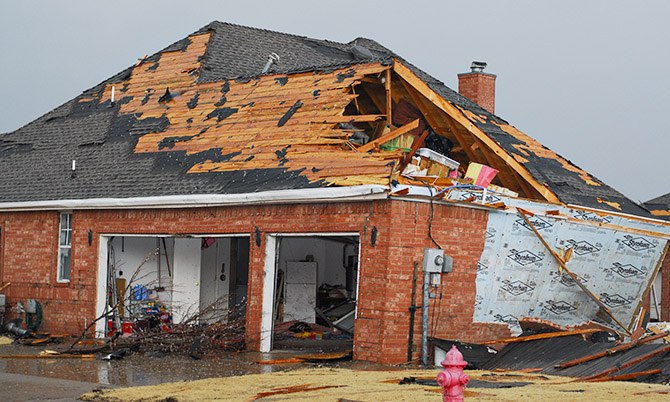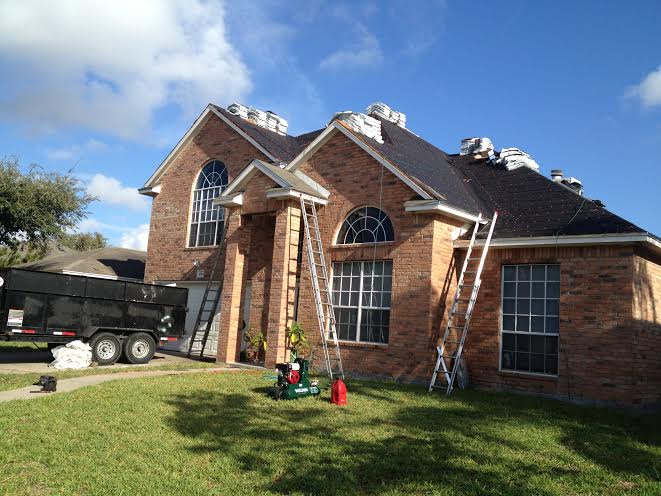Roofs are essential components of any structure, providing protection from the elements and enhancing its aesthetic value. However, roofs can wear out over time due to a variety of causes such as UV rays, heavy precipitation or snowfall, extreme temperatures and winds, flying debris like tree limbs and other forms of damage.
Knowing when it is necessary to replace your roof instead of merely repairing it can save you money in the long run. This article will discuss some signs that indicate it is time for a roof replacement.
Inspecting the age and condition of your roof is key to determining when it needs replacing. Visible signs include missing shingles, excessive granules in gutters or downspouts and warped areas on the surface of the roof are all good indicators that repairs may not be enough; complete replacement may be required.
Missing Shingles
One of the most common signs that it is time for a roof replacement is missing shingles.
While minor patch-ups may be able to cover up any visible damage from an individual looking at their home, further inspection can reveal more extensive issues with the roof.
Missing shingles are often caused by weather conditions such as wind or hail, and if these conditions occur frequently in your area then this should be taken into consideration when deciding whether to replace your roof.
Additionally, changes in the color of shingles are also telltale indicators of needed repair work.
If the original color has faded significantly over time, and there appears to have been some discoloring due to algae growth on certain areas, these could indicate structural problems within the roof that need to be addressed before they become worse.

Excessive Granules In Gutters Or Downspouts
Missing shingles are one of the most common signs that it’s time for a roof replacement.
Another potential sign is excessive granules in gutters or downspouts.
Granules are coatings on asphalt-based shingles which protect them from the elements and UV rays, so their presence in these areas could indicate a damaged roof surface.
Furthermore, if there is inadequate ventilation on the roof, this can lead to premature deterioration of the material as well as cause problems with the roof slope and support structure over time.
It is important to regularly inspect your roof and be aware of changes in its appearance such as discoloration or warping of shingles that may suggest need for repairs or replacements.
Warped Areas On The Roof’s Surface
The condition of a roof’s surface can be telling in regards to its age and need for replacement. Warped areas on the roof may signify that it is time for a replacement and should not be overlooked.
Sagging edges, curling corners, or buckled shingles are all indications of an older roof struggling with deterioration due to weather-related exposure. This could lead to further damage such as leaks and rotting wood if left unaddressed.
Early signs of warping should be taken seriously, as they can quickly become larger issues requiring extensive repair work when ignored. It is important to act swiftly before any minor problems turn into major ones down the line.
Regular inspections by qualified professionals will help identify potential risks before they escalate and save money in the long run by avoiding costly repairs resulting from neglect.
Staining On Interior Walls Near The Attic Area
Staining on interior walls near the attic area is a common sign that the roof needs to be replaced.
These stains are typically caused by rain or snow leaking through the roof and onto insulation, which then condenses and causes water to drip down into the home.
The presence of these stains can indicate that there may be gaps in the roofing material, allowing water to seep inside.
Additionally, if the insulation has been wet for an extended period of time it may need to be replaced as well.
It is important to inspect roofs regularly for signs of wear and tear such as missing shingles, cracked tiles, or discoloration from moss or algae growth; any of these can be indicative of a damaged roof needing replacement.
Age Of The Roof
It is important to consider the age of the roof when determining whether or not it is time for replacement.
A typical shingle roof installed in a residential setting has an estimated life span of 15-30 years, depending on climate and maintenance routine.
For example, if the current roof is nearing 30 years old but still appears relatively new, then this may be due to proper upkeep by ensuring that any severely damaged shingles are replaced promptly.
On the other hand, if there are curling corners and extensive rusting visible from ground level, then even with regular attention these signs signify that it is past its prime and requires replacing.
Thus, age should always be taken into account as part of any decision making process pertaining to a roof replacement.
In order to accurately gauge how long the existing roof can last before needing full installation of a new one, seeking professional help would be beneficial.

Damage From Weather Conditions
The age of the roof is one indicator that it’s time for a replacement, but another important factor to consider is damage from weather conditions.
If your area experiences extreme temperatures or inclement weather such as hail and snow, then this can cause major damage to the roof over time.
Signs of severe weather-related damage include leaking seams and ice buildup along the edges of the roof.
In addition, areas where there are cracks or other visible signs of wear should be inspected regularly since these may indicate more serious issues below the surface.
It might also be necessary to perform an overall assessment of your roof in order to check for any potential problems that could lead to structural damage if not addressed promptly.
Broken Flashing Around Vents Or Chimneys
The presence of cracked mortar and leaking joints around vents or chimneys is a sign that the roof needs to be replaced. These issues can form when water seeps into the cracks in the flashing, which weakens its strength and stability.
As this occurs over time, it will eventually cause severe damage to other parts of the home’s exterior due to wind and rain pushing through these points of entry. In addition, as moisture starts to enter areas where there shouldn’t be any, dangerous mold growth begins to occur, leading to health concerns for occupants living within the house.
Therefore, if broken flashing around vents or chimneys is detected, homeowners should consider replacing their roof sooner rather than later in order to avoid further problems from developing.
